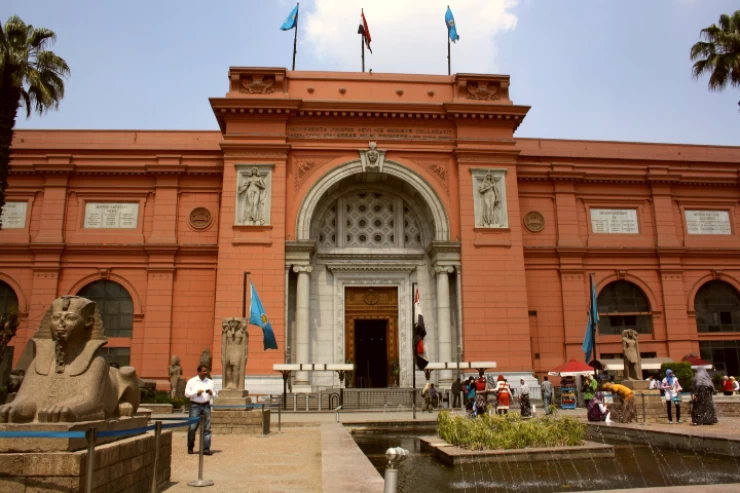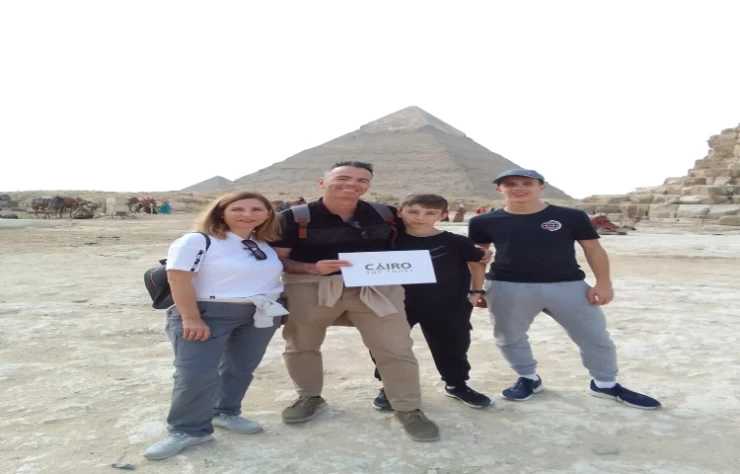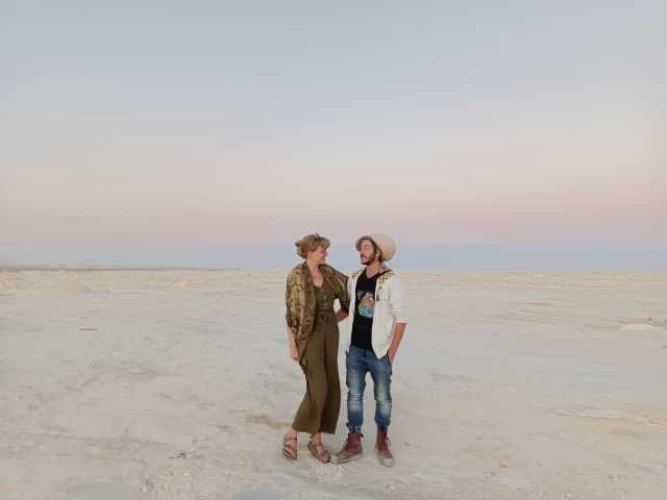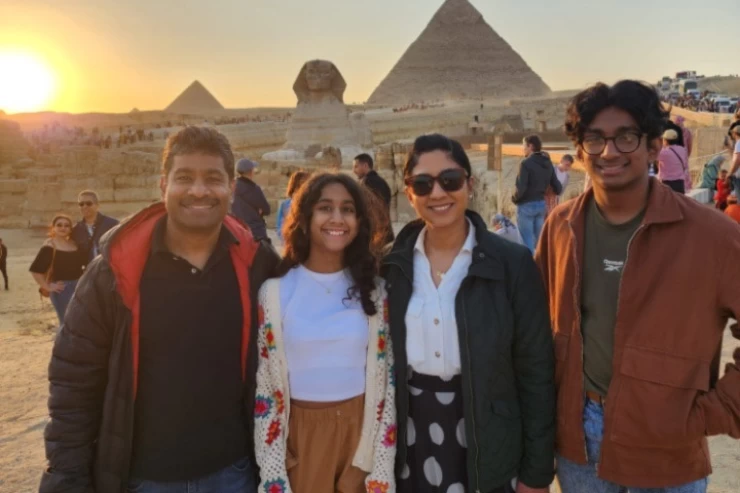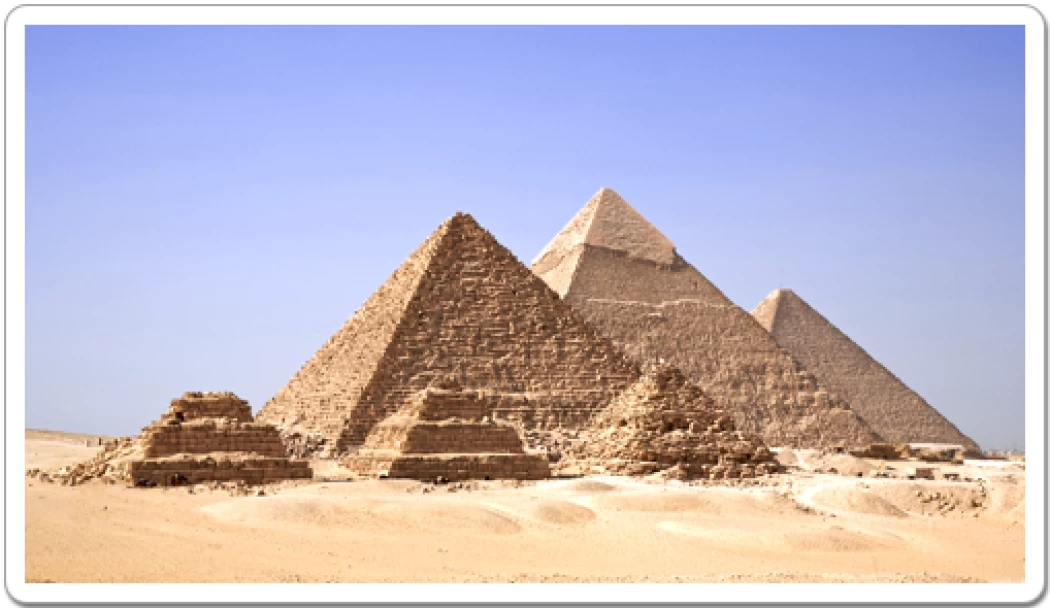
Queens' Pyramids
Pyramids of Giza
Along with the Great Pyramid of Khufu's east face, three small structures some 20 high resemble piles of rubble. These are the Queens’ Pyramids, the tombs of
Khufu’s wives and sisters. You can enter some of them, but they’re quite steamy
inside.
1: Queen Hetepheres it is known as G1a: located on The northern side, was originally ascribed to Queen Meritetes but is now the secondary burial of Queen Hetepheres I, It originally stood 30.25 meters high but lost its outer casing and about two-thirds of its height. it consists of a yellow limestone core in three or four steps encased in Tura limestone, The entrance is in the north wall, the north-south axis. Inside the pyramid, a corridor descends to the mid of the structure before turning right into a small burial chamber cut into the rock and surfaced with limestone blocks.
Although there is a recess carved into the west wall of the chamber, no sarcophagus was found in the tomb. An alabaster canopic box and jars, complete with residue from the mummification process, were discovered in a hidden compartment.
Queens' Pyramids
Very few remains of the small mortuary temple that originally stood before the east wall, its archaeological reconstruction is very difficult. There was a small mortuary chapel attached to the pyramid, but little remains. A small boat pit was discovered to the south of the pyramid, though no trace of any boats has been found.
2: Queen Meritites: it is known as G1b The second pyramid now belongs to Queen Meritites.Meritetes is the mother of Djedefre, an inscription found on a false door in nearby mastaba has caused some to doubt that she was buried in G1b.
The inscription said: King’s wife, his beloved to Horus, Mertitiotes: beloved of the favorite of the Two Goddesses; she who says anything whatsoever and it is done for her. Great in the favor of Sneferu; Great in the favor of Khufu, devoted to Horus, honored under Khafre, Mertitetes“.
It sits about ten meters south of the first pyramid,30 meters high, It is similar in construction to the first one .all corridor are cut from the rock,, it all and the burial chamber is lined with limestone. the only sign that there was a mortuary chapel are a few markings on the rock, it has a boat pit to the south of the pyramid but it was filled with stone.
3: Queen Henutsen
it is known G1c, located in The southern of the three pyramids, It is similar to the other two small pyramids in construction, but it is the most complete. it is 29.62
meters high. The pyramid is composed of three steps of mastaba-like sections. Near the bottom layer composed of soft yellow limestone, and some of the fine limestone casing is still in place, The burial chamber was also lined with limestone.







